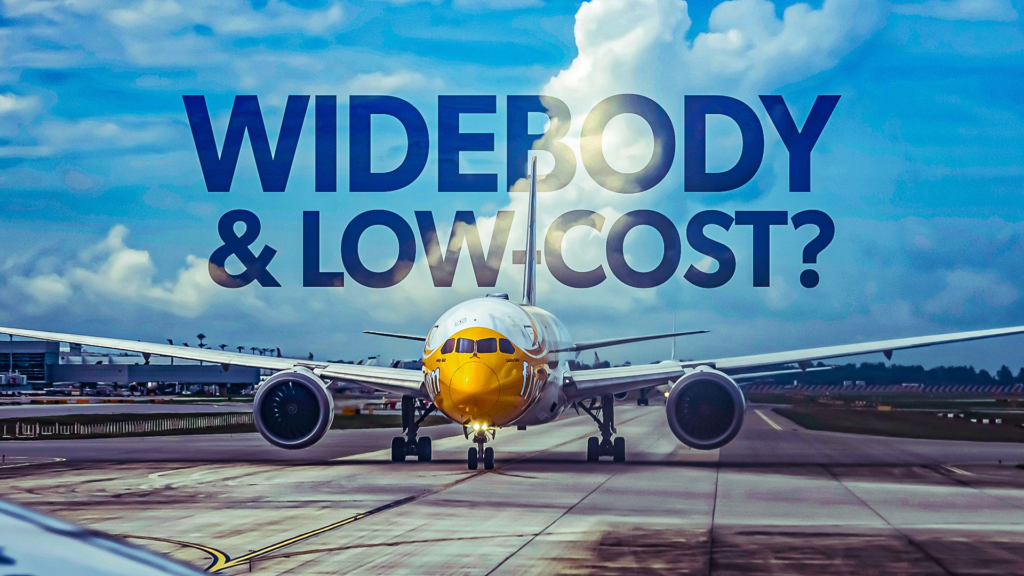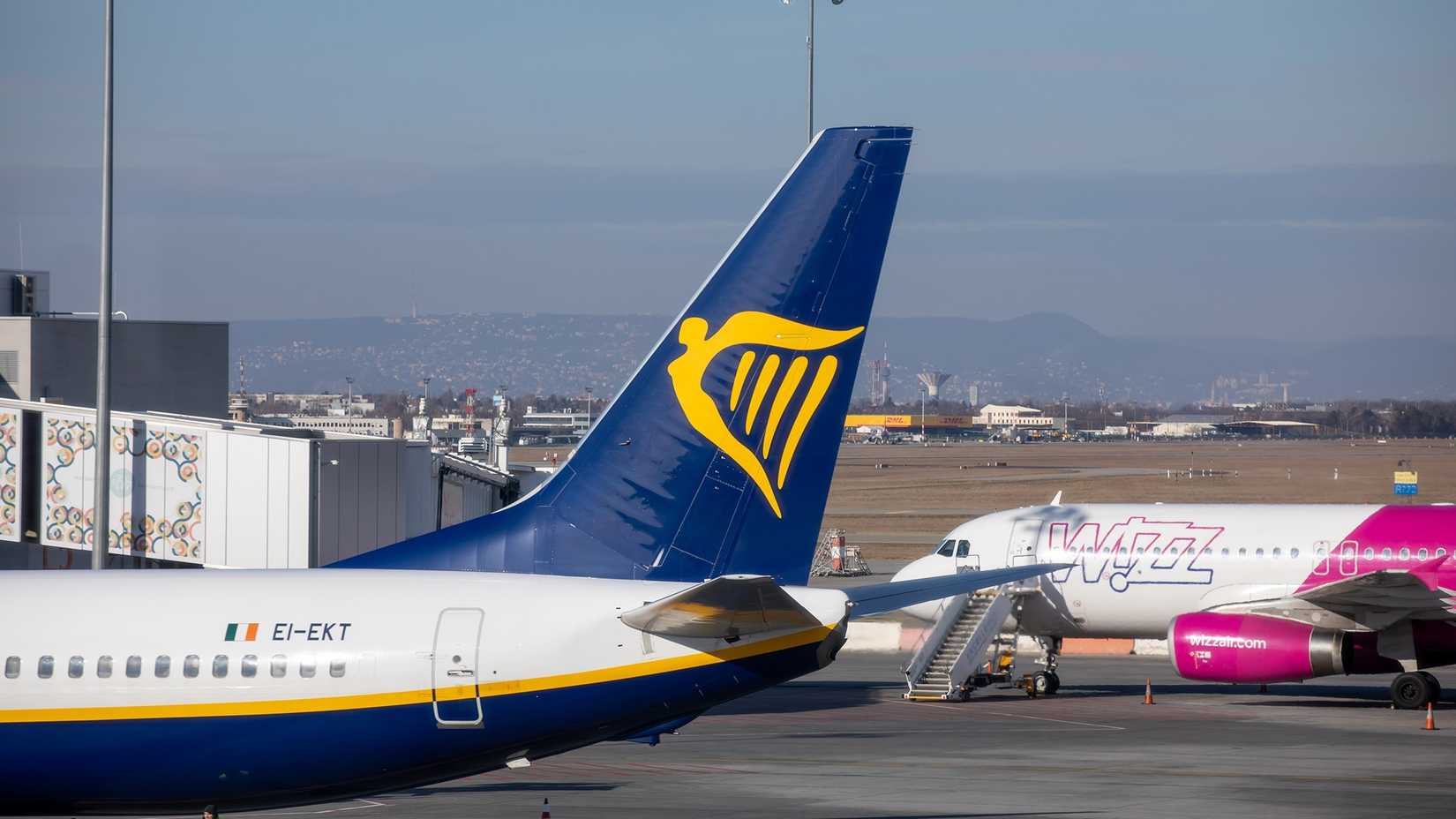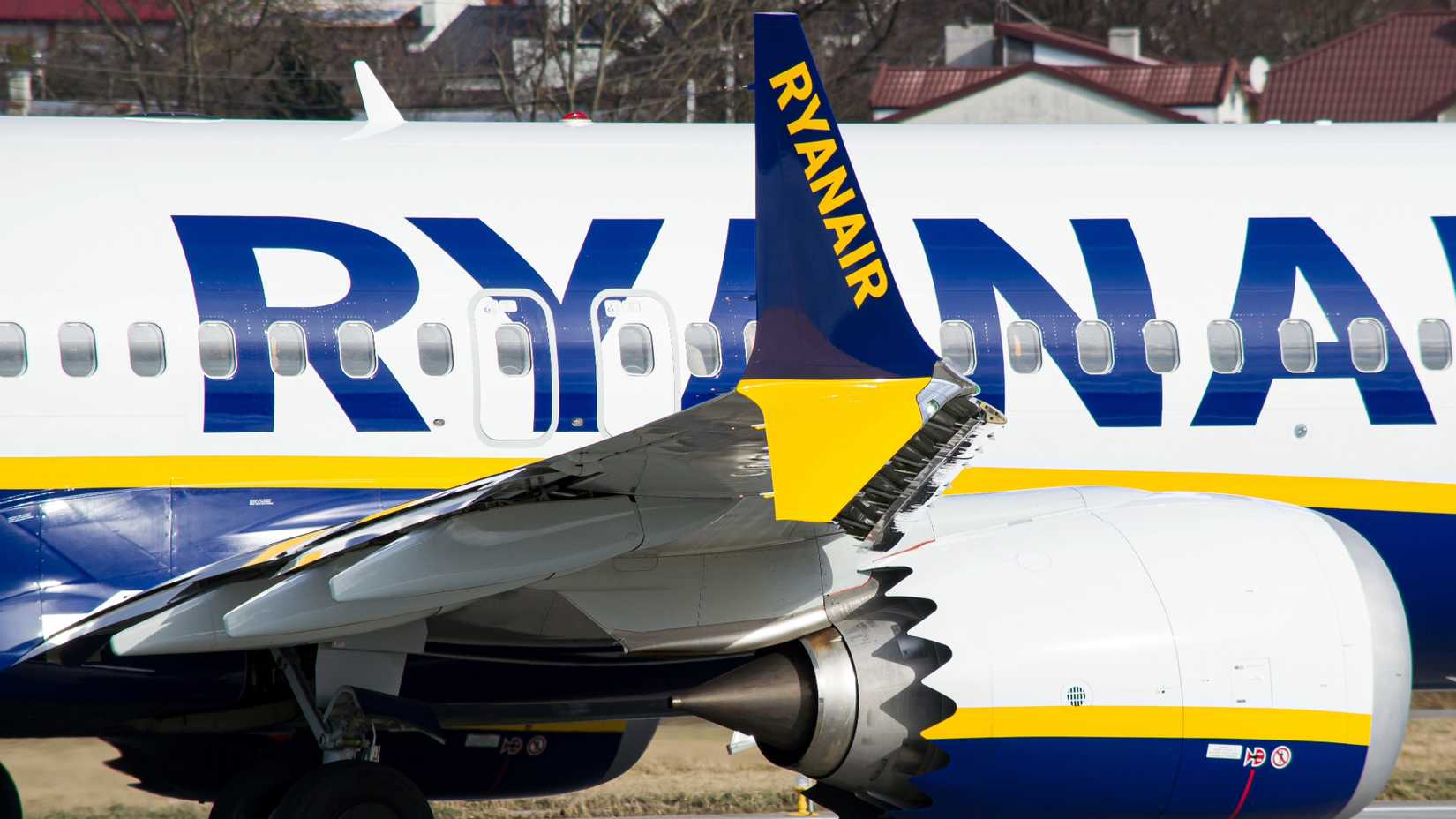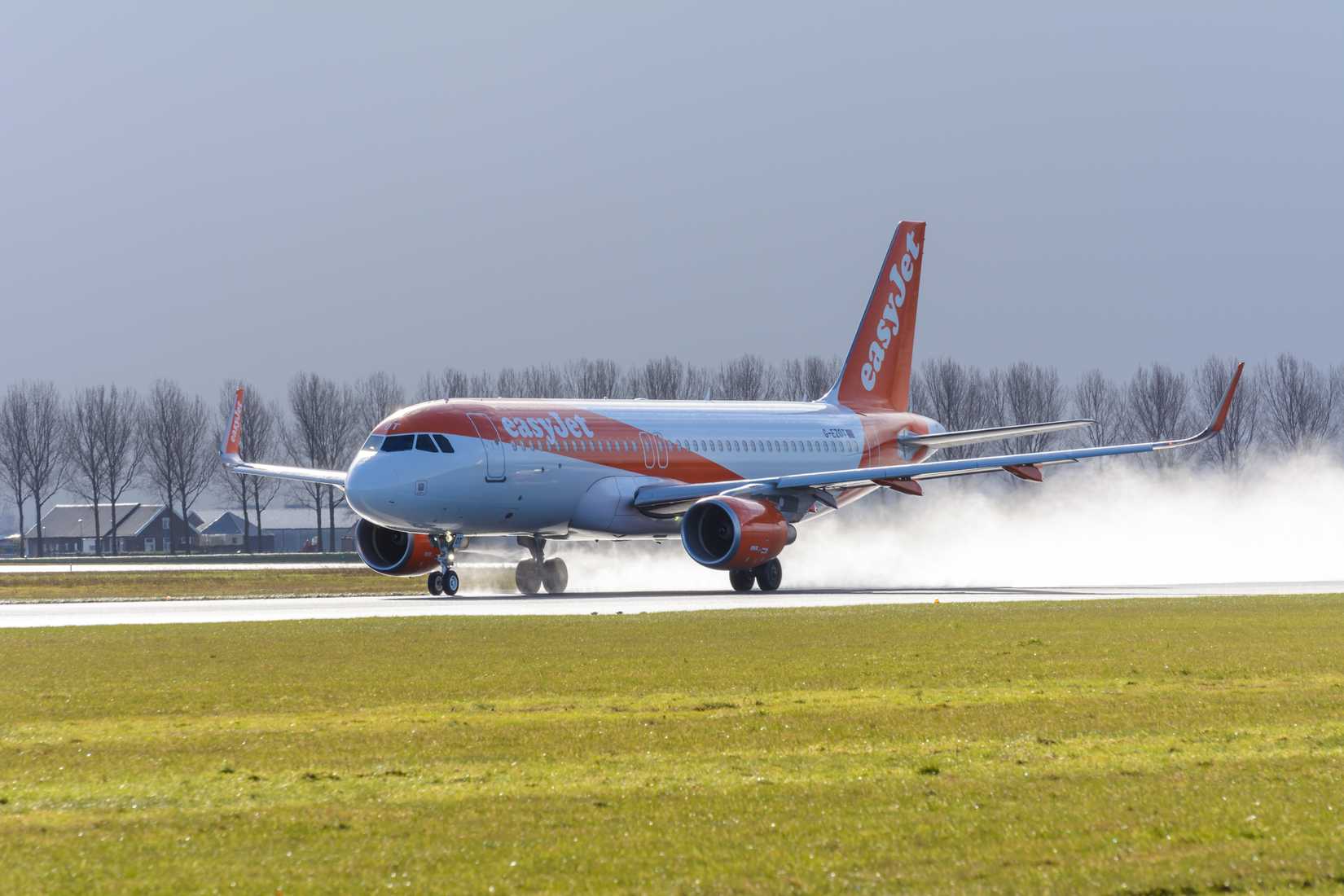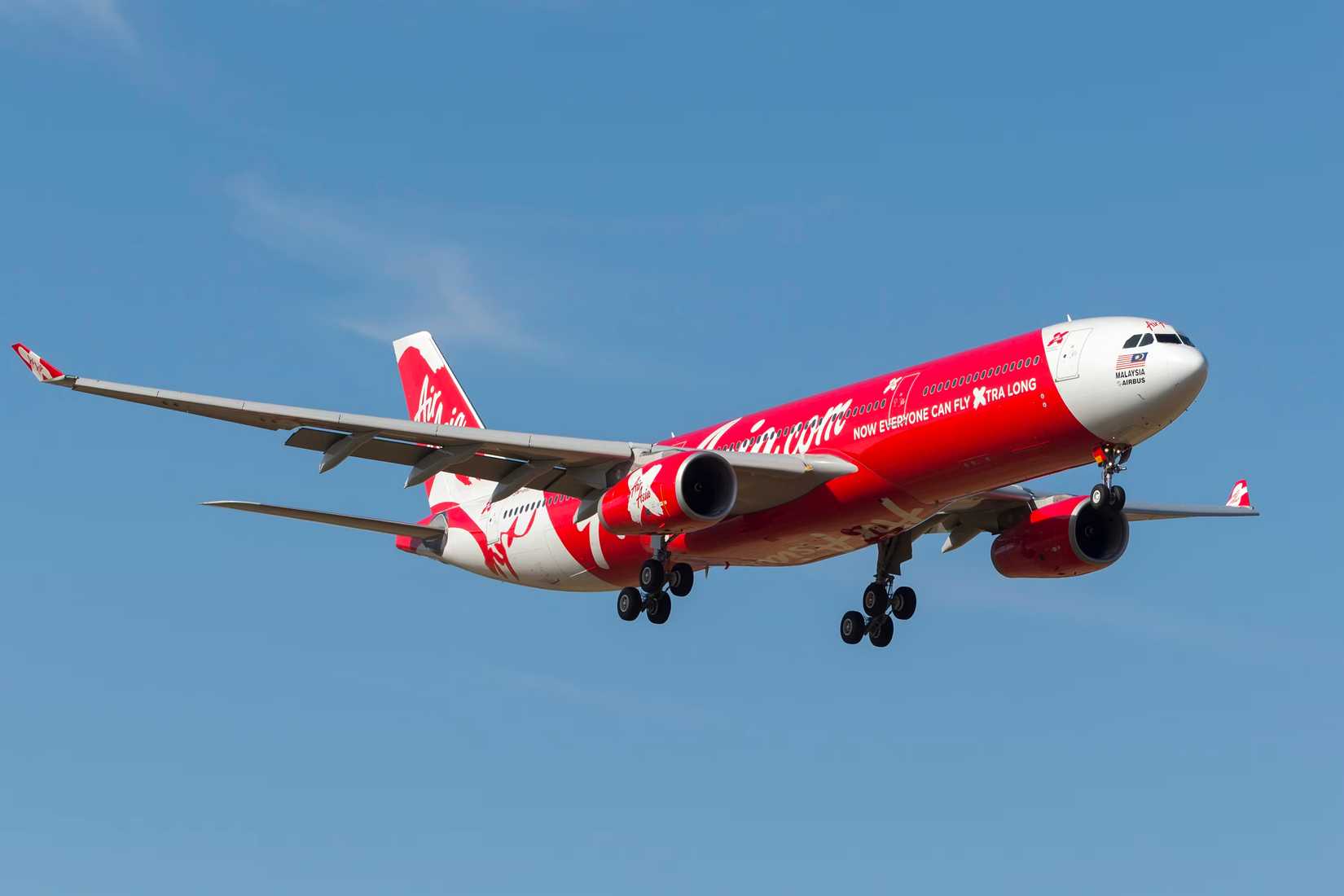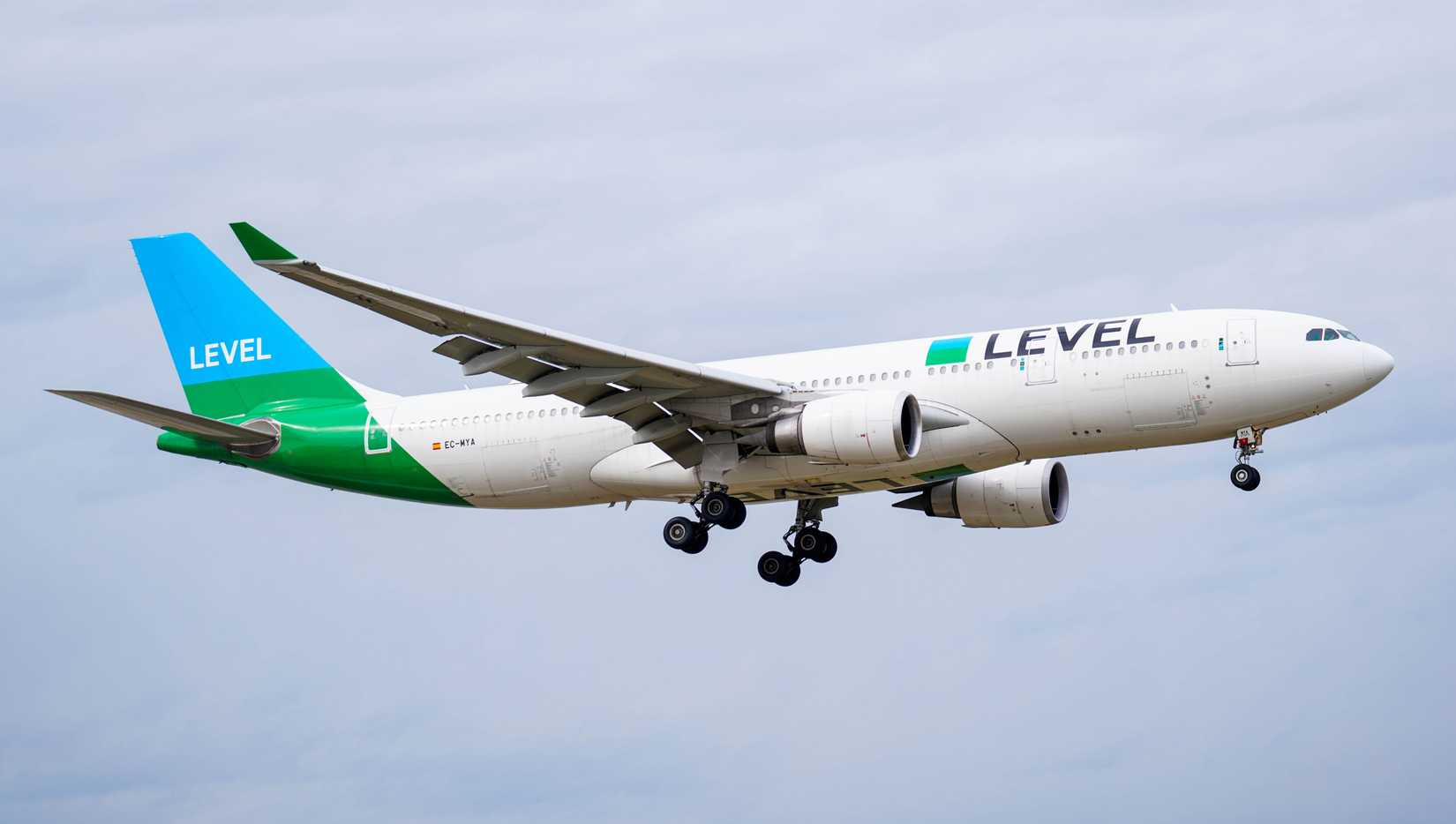Low-cost carriers, which emerged in the second half of the twentieth century following the global deregulation of the commercial aviation industry, operate relatively unique operating models. Once a relatively rare kind of airline to see operating, these kinds of carriers are ubiquitous today. There are a few characteristics shared by almost all low-cost carriers, and other features that are pretty much required for the operating model. Most low-cost airlines, for example, operate point-to-point services and avoid serving the highest-demand airports. Furthermore, they often pay their crewmembers less than most full-service airlines, and they find pretty much every way possible to lower operating expenses.
However, there is one shared feature of pretty much all low-cost carriers that is immediately observable even to the average passenger. Airlines like Ryanair, Southwest Airlines, and easyJet only operate narrowbody aircraft. These jets are smaller, more nimble, more affordable, and easier to fill, meaning that they are far better for the purposes of short-haul and regional services, which are pretty much the bread and butter of any budget airline. But why do low-cost carriers almost always operate these kinds of jets? What sets of circumstances lead a low-cost airline to operate widebody jets capable of long-haul services? We analyze these questions in detail.
What Defines A Low-Cost Airline?
Though it may seem that way, a low-cost carrier is not simply defined by cheap tickets, but rather by a structurally lower cost base that allows for sustainable low fares. The hallmarks of a low-cost carrier’s operational system include radical simplicity, such as having just one aircraft family with a single high-density cabin, which enables the standardization of training, maintenance, and quick turnarounds that boost daily utilization.
Services, in general, are unbundled, meaning that the base fare alone pays exclusively for a seat, while extras (everything from bags to seat selection, food, priority boarding, and Wi-Fi) are all optional add-ons. The sale of these products is designed to generate ancillary revenues. Networks skew towards point-to-point operating models as opposed to hub-and-spoke systems, often using secondary airports that offer lower fees and provide faster ground operations. Sales flow directly through websites and apps that minimize distribution costs and intermediate commissions. Staffing models emphasize productivity and cross-asset utilization, ultimately supported by simplified procedures.
The fleet’s economics are fairly disciplined, leveraging favorable purchase and lease terms. Carriers of this type will also carefully hedge against higher fuel prices and maintain rigorous planning for their maintenance. Ultra-low-cost carriers push the limits of density and negotiate bulk discounts with aircraft manufacturers. They offer limited flight connections and target small premium sectors where revenue lifts exceed the added complexity of adding some kinds of premium products.
Why Do Low-Cost Carriers Pursue Fleet Commonality Strategies?
Low-cost carriers have continued to chase fleet commonality as one aircraft family makes everything cheaper, faster, and ultimately more flexible. Pilots, cabin crew, and mechanics only have to be trained on a single type of aircraft, and flights can thus be scheduled interchangeably, cutting down on simulator hours, check rides, and retaining costs, all with the objective of ultimately boosting crew productivity. Maintenance across the board is simplified, as common engines, parts, tools, manuals, and procedures will shrink inventory and contract vendor lists, ultimately improving an airline’s negotiating power and recovery in the event of severe operational disruptions.
Operations ultimately smooth out, and standard cockpit layouts and performance data speed turnaround and improve reliability. Aircraft can be moved in and out of the gate, catered, cleaned, and loaded easily, and dispatchers can easily plan fuel swaps, alternate aircraft introductions, and on-site maintenance with a single cohesive playbook. From a commercial perspective, having pretty much just one aircraft gauge allows revenue teams to easily swap out aircraft to match demand without the need to fundamentally rewrite playbooks. During stages of operational challenges, this kind of flexibility is especially valuable, according to a breakdown from The Points Guy.
The tradeoffs of choosing a single-type fleet are rather real as well and should be discussed. By committing to a single aircraft type, an airline exposes itself heavily to any airworthiness risks associated with this specific type of fleet. An exact example of this occurred right before COVID, when Boeing 737 MAX crashes led several operators to have to ground a large portion of their fleets. For low-cost carriers, however, the savings associated with training pilots on a single fleet and the reduced turnaround time for these flights ultimately outweigh those risks, delivering sustainably low costs per available seat mile (CASM) while operating high-frequency, on-time schedules at low fares.
Why Do Low-Cost Carriers Typically Just Operate Narrowbody Models?
Low-cost carriers tend to stick to narrowbody aircraft because the operating economics and network design of these airlines tend to favor smaller, simpler aircraft. Narrowbody models, for starters, tend to cost less to buy or lease, and they burn significantly less fuel per trip. Fewer pilots and cabin crew are needed per flight, lowering unit costs automatically. The aircraft are also easier to turn around on the ground, with just one door allowing for simpler catering and cleaning procedures. This allows airlines to fly more sectors per day and spread fixed costs out over more flights.
Point-to-point networks can now operate with short and medium-haul aircraft, where low-cost carriers excel. These airlines do not need the range or belly cargo capacity capabilities of widebody aircraft, and they use secondary airports with lower fees, as it is easier to fit smaller jets into more gates there. A single narrowbody family maximizes the fleet commonality of an airline fleet, as it has just one pilot pool, one set of spare parts and tools, and one training syllabus.
The addition of widebody aircraft to a low-cost airline fleet adds complexity and risk. Long-haul demand is highly seasonal, meaning that crews and maintenance are costlier, and operational disruptions will strand significantly more passengers. Premium cabins are harder to consistently fill at low fares. Long-range narrowbodies, such as the Airbus A321XLR, allow low-cost airlines to open up some of these long-and-thin routes without taking on widebody overhead. A few exceptions exist, but for most low-cost carriers, narrowbody models keep costs per available seat mile low.
When Would Low-Cost Airlines Want To Use Widebody Aircraft?
There are very few circumstances under which a low-cost carrier would consider the hefty investment in widebody aircraft. This exclusively occurs when revenue, slot constraints, or distance make narrowbody operations uneconomic. Typical triggers for this include long-haul thick corridors, including transoceanic leisure and visiting friends and relatives (VFR) flows, where demand can reliably fill more than 300 seats year-round. Severe slot or curfew constraints at key airports can also incentivize the use of widebody aircraft, as one big departure offers better performance than multiple small ones.
Range limits, specifically for routes that exceed the comfortable range of the Airbus A321LR/XLR or the Boeing 737 MAX, will also encourage the deployment of widebody models. Some widebody aircraft also offer higher belly-cargo yield, which can materially improve operating economics. Opportunistic aircraft economics are provided by aircraft like the Boeing 787 and the Airbus A350, which offer exceptionally low fuel burn figures on a per-passenger basis.
|
Pros Of Operating Widebodies |
Cons Of Operating Widebodies |
|---|---|
|
|
Network feed from a strong short-haul low-cost carrier can fill a nightly bank of widebody jets. Although this principle has long been more applicable in theory than in the industry itself. In order to keep costs low, budget airlines will operate widebodies with dense cabins and minimize premium cabin complexity.
Which Budget Airlines Operate Widebody Jets?
Several true low-cost or long-haul low-cost carriers fly widebody jets today. AirAsia X is an excellent example, with the carrier operating a fleet of Airbus A330-300s out of its hub at Kuala Lumpur. Scoot, a low-cost airline owned by Singapore Airlines, operates Boeing 787 services from Singapore. Jetstar Airways, a subsidiary of the Qantas Group, also uses the Boeing 787 to feed its long-haul network.
Japan currently has two budget airline widebody operators. These include ZIPAIR Tokyo and AirJapan, both of which are using the Boeing 787-8 on regional long-haul flights. In Europe, French Bee also operates a low-cost widebody fleet, with the airline flying Airbus A350s. IAG subsidiary LEVEL operates Airbus A330-200 services to all kinds of destinations from its hub in Barcelona.
Transatlantic ultra-low-cost carrier Norse Atlantic continued to use Boeing 787-9 jets for services between Europe and North America. Among hybrid and low-cost carriers in emerging markets, Cebu Pacific typically deploys the highest-density Airbus A330-900neos. Saudi low-cost operator Flynas also uses the Airbus A330 on a seasonal basis.
What is Our Bottom Line?
At the end of the day, low-cost carriers are designed to reduce operating expenses as much as possible. They compete for passenger traffic with major legacy airlines by offering discounted fares and often more convenient air service.
The low-cost model requires incredible flexibility, and it mandates that airlines are capable of serving destinations all across a given region. Rarely is long-haul service a requirement for these kinds of carriers.
Therefore, it has become relatively uncommon to see a budget airline operate a large widebody fleet. That certainly is not in the works for any major low-cost or ultra-low-cost carriers in North America or Europe any time soon.


